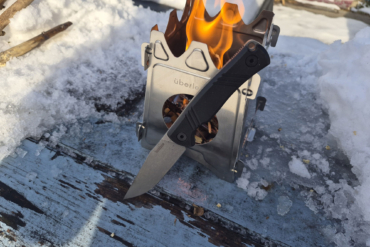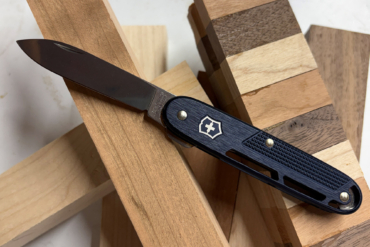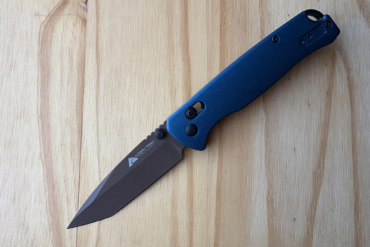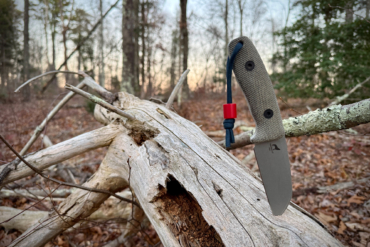Portions of this article are cited from an existing story, “Swiss Army Switch-Up: Iconic Knife Brands Merge,” published on GearJunkie last year.

The train was on time, to the Swiss minute, as I boarded for a cross-country trip. It was 2010, and I was in Switzerland traveling between two powerhouses of the knife world.
Wenger and Victorinox, respectively in the cities of Delémont and Ibach, both made Swiss Army Knives. As sister brands, they were owned by the same parent company and over the decades had each pumped out millions of the iconic pocketknives.
This changed last year. Wenger and Victorinox were merged to make a singular Swiss Army brand.

Stamped now only with the Victorinox logo, Swiss Army Knives come in about 215 individual models (and 500 varieties if you include color options).
This summer, the first of the new Victorinox/Wenger models came off the production line. It’s branded as Victorinox and called the Delémont Collection, referencing the Swiss city of origin and the home to the factory where the knives are made.
The Delémont Collection knives embody traits from both Wenger and Victorinox, including a range of implements and handles that come contoured, inlayed with rubber material, and with wood grip options.
In all, there are 56 new Swiss Army knives. The requisite blades, drivers, files, wrenches, punches, openers, and pliers are present. But so are nail clippers, scissors, rulers, tiny compasses, and even cigar cutters on some of the models.

The influence of Wenger’s design is seen in the ergonomic handles, the unique serration pattern on blades, a push-button unlocking mechanism, and some of the larger implements like the pliers.
Victorinox’s influence is less obvious, including different types of inner springs, rivets, and steel. “It’s also how the blades open and close, how the implements fit together, and the subtleties in engineering,” noted Christopher Costa, the company’s director of product management and packaging.
I put a Wenger knife that I own, called the Mike Horn model, next to one of its Victorinox Delémont Collection cousins, the RangerGrip 74. The two knives have parts that are nearly indistinguishable, including a fold-out pliers and a big straight blade.
A narrower body and tools including a corkscrew, toothpick, and tweezers make the RangerGrip 74 perhaps more widely-appealing. The Mike Horn model, which is a burly expedition-oriented knife named after a famous explorer, has two blades, including a lock-out serrated edge.

Another differentiator: The primary blades on both are unlocked by pressing a Swiss Army logo. But on the Delémont Collection knife the button is no longer the squared-off Wenger cross; it’s the shield-shape mark of Victorinox.
In the end, only true Swiss Army geeks like me will notice the subtle changes. The line is stocked with loads of nice new knives. But, overall, the Delémont Collection is no major change from what either Victorinox or Wenger has been doing for the past few years.
When you’ve been in the business since the 1800s, massive departures are not needed. But refinement is, and that’s what you’ll see with the Delémont Collection, wood handles, mini magnetic compasses, and cigar cutters included in the line.
—Stephen Regenold is the editor of GearJunkie. He wrote about the history of Swiss Army Knives in the article “Origins Of The Swiss Army Knife,” published in 2010.






